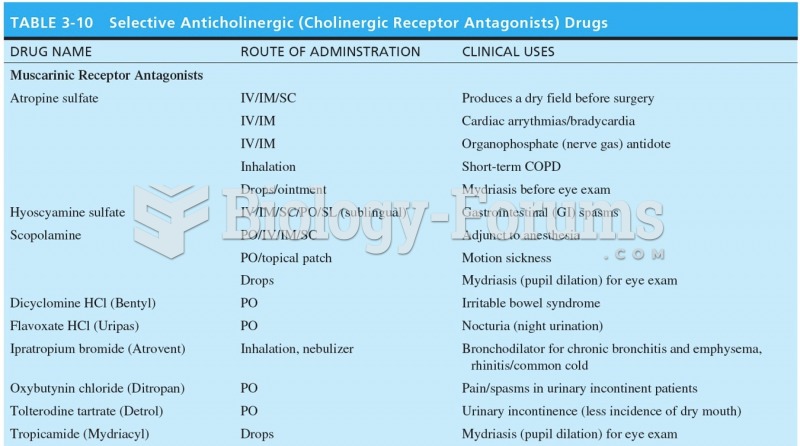|
|
|
There are 60,000 miles of blood vessels in every adult human.
In inpatient settings, adverse drug events account for an estimated one in three of all hospital adverse events. They affect approximately 2 million hospital stays every year, and prolong hospital stays by between one and five days.
In the United States, congenital cytomegalovirus causes one child to become disabled almost every hour. CMV is the leading preventable viral cause of development disability in newborns. These disabilities include hearing or vision loss, and cerebral palsy.
Pubic lice (crabs) are usually spread through sexual contact. You cannot catch them by using a public toilet.
People about to have surgery must tell their health care providers about all supplements they take.







